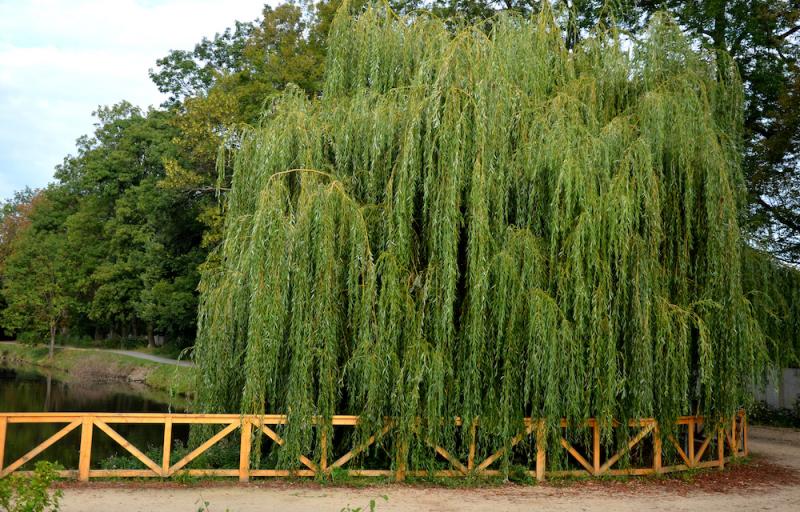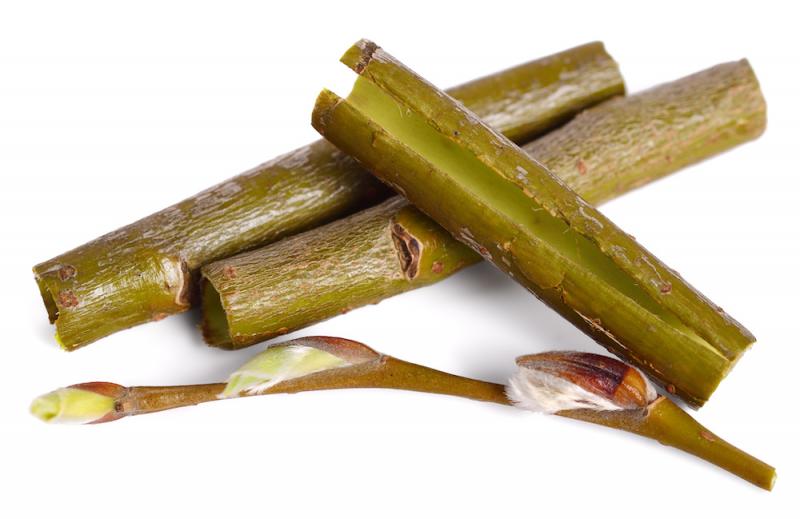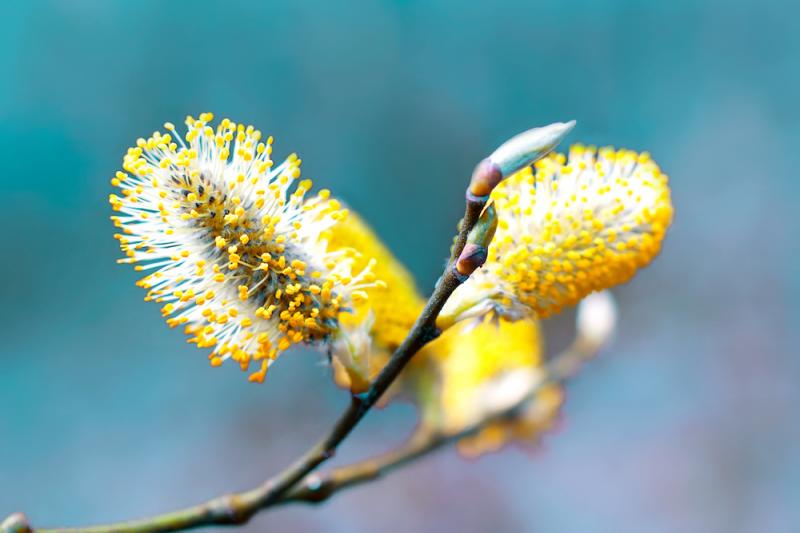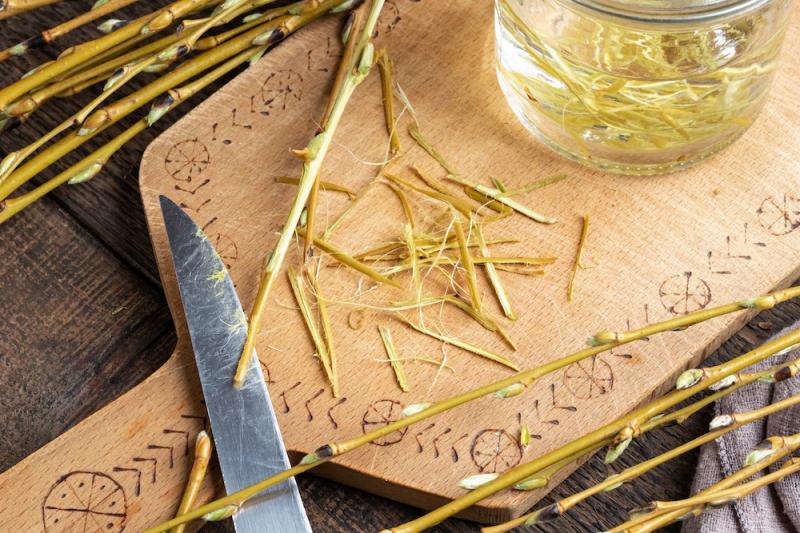The Many Varieties of Willows
Willow treeThere are about 400 species of willows (plants in the Salix genus) worldwide, which grow as trees or shrubs. As far as I know, they all produce varying amounts of salicylates. The most commonly used species in the herb trade is the white willow (Salix alba), a tall, graceful tree native to Europe and naturalized in North America. Another species used in commercial herbalism is the black willow (S. nigra), a smaller tree native to North America. A Utah Flora, my botanical guide to Utah plants, lists 42 different species growing in Utah, along with a number of sub-varieties of these species.
Since various willows, such as weeping willow (S. babylonica) and pussy willow (S. discolor) are often grown as landscaping plants, you can probably find at least one species of willow growing near you. To find wild species, look where there is moist soil along the banks of rivers or lakes. I frequently find them growing along riverbanks where I live.
The highest content of salicylates is found in the inner bark of these plants, but they are also found in the leaves and the leaf buds. If you’ve ever taken an aspirin tablet, you would be familiar with the slightly astringent and bitter taste it has. So, it is possible to identify parts that can be useful for medicine by tasting the leaves, twigs, and buds of various willows and seeing which ones have the strongest aspirin-like flavor.















